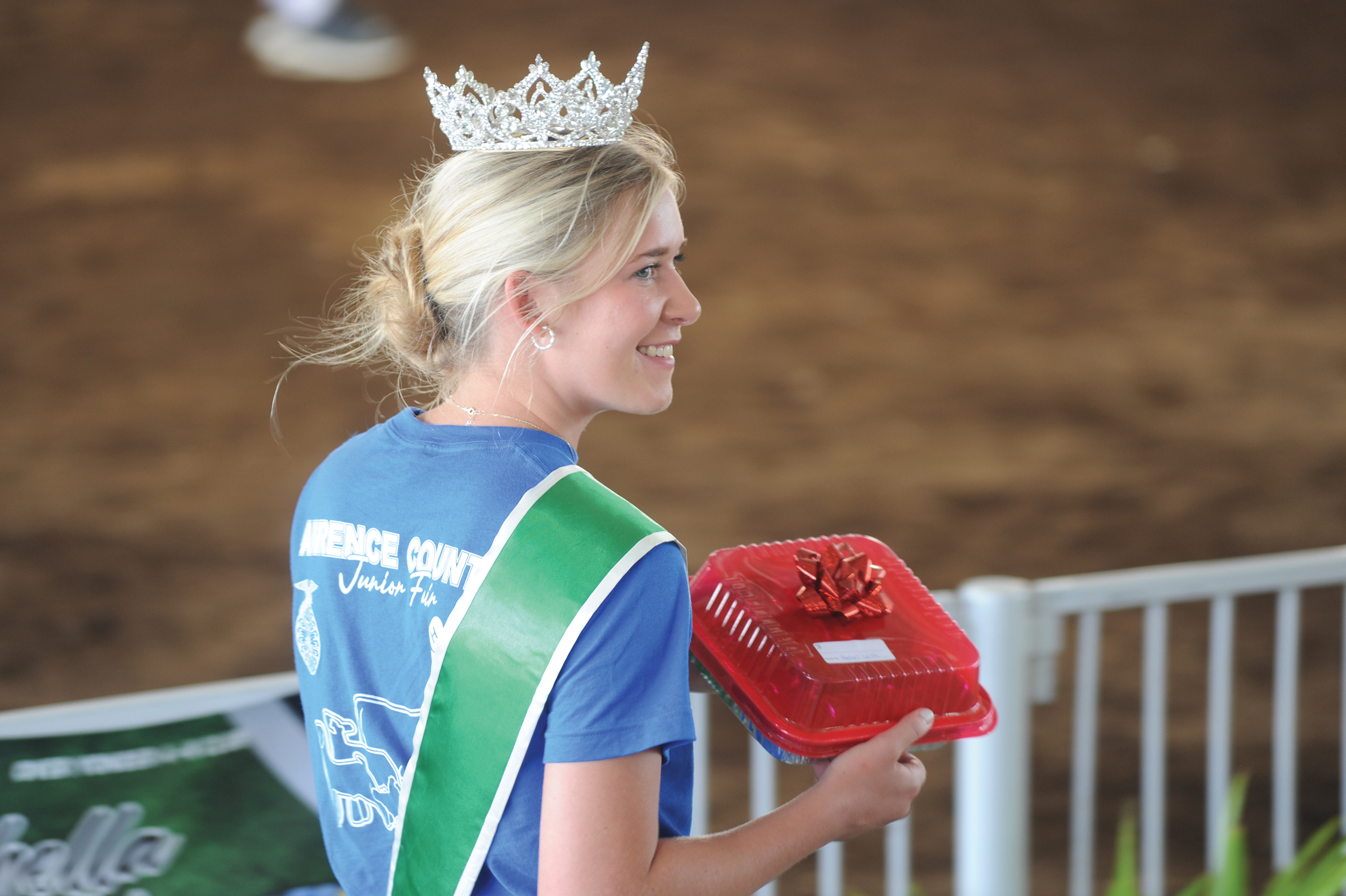MJ Wixsom: Hunting lionfish
Published 12:00 am Saturday, July 19, 2025
When you spend your days as a veterinarian, you get used to thinking on your feet and handling emergencies. But sometimes, it’s the adventures outside the clinic that remind you just how unpredictable—and humbling—life can be.
My recent quick trip to the Florida Panhandle for a lionfish hunting tournament was supposed to be a purposeful break. Instead, it became a crash course in ocean currents, dive safety, and the value of perseverance.
Before I dive into my story, let’s talk about the “why.”
Trending
Lionfish are stunning, with their showy fins and bold stripes, but they’re also one of the most destructive invasive species in the Atlantic and Gulf.
Native to the Indo-Pacific, lionfish have no natural predators here. They reproduce rapidly and eat just about everything, decimating native fish populations and threatening the balance of our marine ecosystems.
That’s why Florida hosts lionfish tournaments — to encourage divers to remove as many as possible. Every lionfish caught helps protect local reefs. And, yes, there’s a little friendly competition: hit certain targets, and you earn prizes (like the coveted tournament shirt I had my eye on).
The first day, I joined a group of five divers, three of us with less than 50 dives each.
The dive master (DM) warned of “ripping current” at our first site, a flat wreck. He suggested canceling, but the captain insisted it was like that everywhere. I spoke up about my relative inexperience and asked for help, since my friend (with over 700 dives) was focused on the tournament and couldn’t be my buddy. I was loosely paired with the other newer divers.
As soon as I descended, the current swept me off the wreck. I tried to find my way back with my dive light, but quickly realized I was off-site.
Trending
I surfaced, performed my safety stop, and found myself three-quarters of a mile from the boat.
Calm seas and good training kept me collected: I deployed my surface marker buoy, noted the time, and prepared to activate my emergency beacon if needed. No one noticed I was missing until everyone surfaced.
The DM went back down, and the captain finally spotted me — a mile and a quarter away. I was picked up, perhaps a little shaken, but proud of my calm response.
I sat out the next dive to regroup, but the day wasn’t over.
We were anchored to the wreck for the third dive. The current was wicked descending, but the mostly intact wreck provided a safe lee and I had an okay dive although I did not get any lionfish. It was a relief to have a straightforward, safe dive. The experience reinforced how much site setup and conditions matter, especially for less experienced divers. A simple drop line and shelter from the hull made all the difference in safety and enjoyment. My friend did tag a few lionfish, but not as many as she would like.
Just when I thought things were improving, the fourth dive proved the most challenging. The last dive of the day was a negative entry—where you descend immediately, not pausing at the surface—in strong current. I told the DM I wanted to go but needed help, and he agreed to be my buddy and stay with me. My roommate, who is solo dive qualified and excellent skills, was also to be in the water. Unbeknownst to me, I had air in my buoyancy control device, making descent tricky. The DM left me to join the experienced diver. The current was stronger than ever, and visibility was poor. Once again, I was swept off-site. I headed back to the surface.
This time, the seas were rougher. I surfaced 300-500 yards from the boat, but wasn’t seen right away. I couldn’t get my regulator out of my mouth enough to blow up my safety sausage. The boat crew had a hard time spotting me in the choppy water. It was work to stay upright, and I surfaced farther from the boat than I’d ever intended. After several missed attempts, another diver threw me a buoy line. Finally, I was safely back aboard, drained but relieved. I surfaced coughing and nauseous. I am certain I’d swallowed half the Gulf. This dive drove home how quickly conditions can deteriorate and how vital it is for dive leaders to monitor and support every diver—especially those with less experience.
When I tipped the DM later (he did help set up my gear), I mentioned that losing a diver twice in one day shouldn’t happen. He deflected, saying it wasn’t his fault if I swam off-site. I admitted some responsibility, but reminded him I’d asked for help and he’d agreed to be my buddy.
Looking back, I have mixed feelings. I’m proud of how I handled myself under pressure and grateful for the chance to help control the lionfish population. But I’m also frustrated by the lack of support from the dive operation. New divers depend on professionals to “have their back,” especially in challenging conditions. The buddy system isn’t just a suggestion—it’s a critical safety protocol.
Despite the bumps, and because of a different dive operation on the next two days, (who helped me a lot!), I did reach the first tier of the tournament and earned my shirt—a small but important to me, reward.
More importantly, I came home with new respect for the ocean, for my own resilience, and for the importance of looking out for each other, whether underwater or on dry land.
By the way, my highly competitive, also veterinarian, roommate is now in second place.
MJ Wixsom, DVM MS is a best-selling Amazon author who practices at Guardian Animal Medical Center in Flatwoods, Ky. GuardianAnimal.com 606-928-6566






